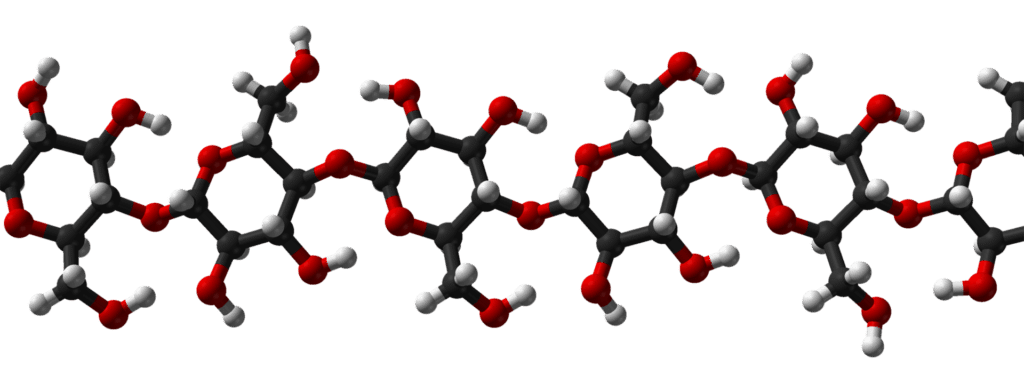There are three major types of RNA viz, Ribosomal RNA (rRNA), Transfer RNA (tRNA), and Messenger RNA (mRNA). 3 types of RNA and their functions are discussed below.
RNA is a long, unbranched macromolecule made up of nucleotides connected by 3′ → 5′ phosphodiester bonds.
It is present in viruses, prokaryotic cells, and eukaryotic cells, mainly found in the cytoplasm. RNA is synthesized in the nucleolus and then moves to specific regions in the cytoplasm depending on its type.
RNA is quite versatile molecule, able to perform a wide range of biological functions like, gene coding, decoding, regulation, and expression.
3 Types of RNA and their functions
Both prokaryotic and eukaryotic organisms, contains three main types of RNA: ribosomal RNA (rRNA), transfer RNA (tRNA), and messenger RNA (mRNA).
These RNA forms play crucial roles as informational intermediaries between DNA, the primary holder of genetic information, and proteins. Each type of RNA varies in size, function, and overall stability.
Three main types of RNA:
- Ribosomal RNA (rRNA)
- Transfer RNA (tRNA)
- Messenger RNA (mRNA).

Messenger RNA (mRNA)
- mRNA (messenger RNA) was first discovered by Volkin, and the term was coined by Jacob and Monod. It is a linear, single-stranded polynucleotide chain, making up about 3-5% of the total RNA content in a cell.
- It contains approximately 900 to 1500 nucleotides and carries the genetic blueprint for protein synthesis. Unlike other types of RNA, mRNA does not involve base pairing.
Structure:
- In eukaryotic cells, mRNA has a cap structure at its 5′ end, consisting of a 7-methyl guanosine nucleotide, which is absent in prokaryotic mRNA.
- The structure of eukaryotic mRNA starts with this cap, followed by a non-coding leader sequence. After this, an initiator codon (AUG) marks the beginning of the coding region, which contains triplet codons that code for amino acids.
- The coding region is followed by terminator codons (UAA, UAG, or UGA), signaling the end of translation.
- After this is the non-coding region and finally the poly-A tail at the 3′ end, present in eukaryotic mRNA but absent in prokaryotic mRNA.

Functions:
- mRNA serves to carry genetic information from DNA in the form of codons to the cytoplasm, where protein synthesis occurs at the ribosome.
Transfer RNA(tRNA)
- tRNA (transfer RNA) is responsible for carrying amino acids to the ribosome during protein synthesis.
- It comprises about 3-15% of the total RNA content and is the shortest RNA, with approximately 80 ribonucleotides.
- tRNA folds to form double-stranded regions through base pairing (A=U and C=G). It is also known as soluble RNA (S RNA) or adaptor RNA.
Structure:
- Robert Holley proposed the cloverleaf model to explain the structure of tRNA, as its folded shape resembles a cloverleaf. The tRNA molecule has the following features:
- It has two ends: the 3′ end with the base sequence “CCA” and the 5′ end with the nucleotide “GUA.”
- There are four arms: the acceptor arm, pseudouridine arm (TψC arm), DHU arm (dihydrouridine arm), and anticodon arm.
- Each arm consists of a stem and a loop, except for the acceptor arm, which only has a stem. The acceptor arm contains the amino acid binding site (CCA), where the amino acid attaches.
- The DHU arm has 4 paired and 10 unpaired nitrogenous bases and binds tRNA synthetase during protein synthesis.
- The TψC arm consists of 5 paired and 4 unpaired nitrogenous bases and is responsible for ribosome attachment during protein synthesis.
- The anticodon arm has 5 paired and 7 unpaired nitrogenous bases, with 3 unpaired bases forming the anticodon, which is complementary to the codon on mRNA.

Functions:
- tRNA delivers amino acids to the ribosome, where they are aligned with the corresponding codons on mRNA. This process allows amino acids to be joined together, forming polypeptides and proteins.
Ribosomal RNA(rRNA)
- rRNA (ribosomal RNA) is the most abundant form of RNA in the cell, making up about 80% of the total RNA content.
- It is a key structural component of ribosomes, with many folded regions that form base pairs (A=U and C≡G). rRNA consists of 120 to 4500 ribonucleotides and is also referred to as structural RNA.
Structure:
- Each subunit contains one or more rRNA molecules and several ribosomal proteins (r-proteins).
- Ribosomes contain both small and large rRNAs, corresponding to their presence in the small and large subunits.
- rRNAs, combined with proteins in the cytoplasm, form ribosomes, the site of protein synthesis, where essential enzymes for this process are located.
- During translation, ribosomes move along the mRNA, facilitating the assembly of amino acids into a polypeptide chain. rRNAs also bind to tRNAs and other molecules vital for protein synthesis.
Functions:
rRNA helps form the structure of the ribosome, binds mRNA and tRNA to the ribosome, and directs the translation of mRNA into proteins.


